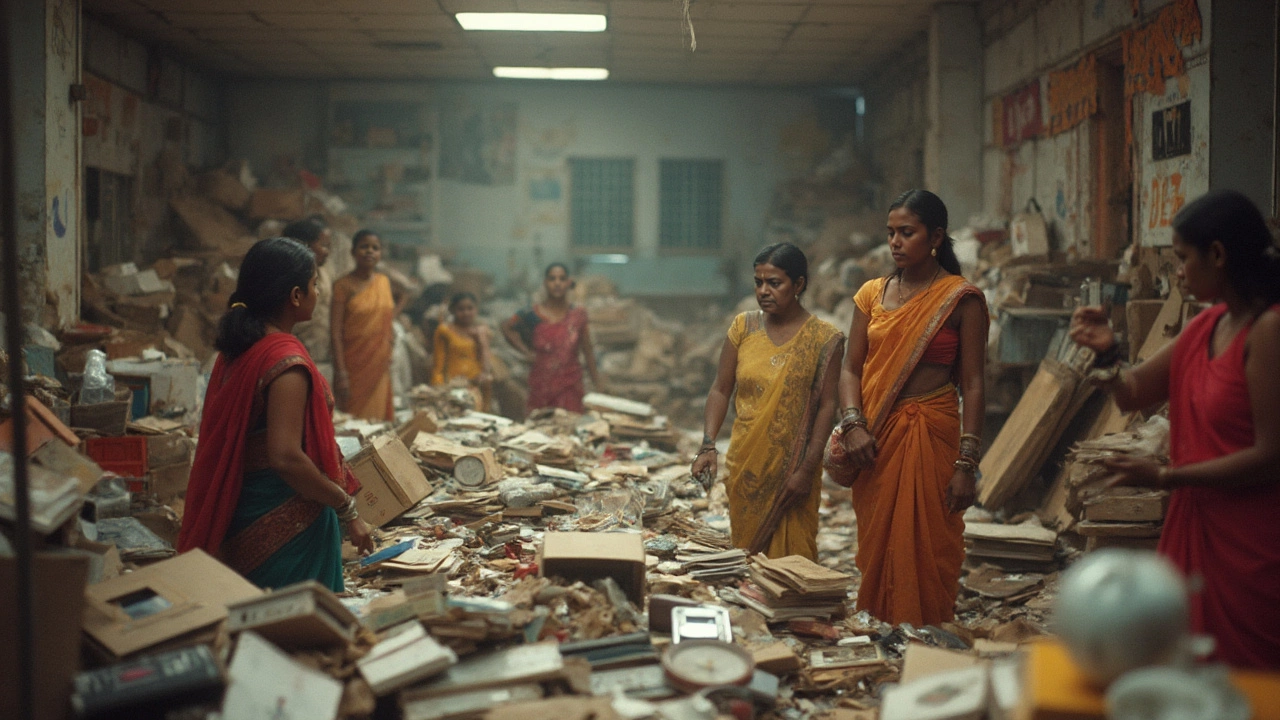Items Not to Donate: Common Mistakes to Avoid When Giving
Donating feels great, but not every thing you hand over actually helps. Some items create extra work, cost money, or even put people at risk. Knowing what to keep out of your donation box saves time for both you and the charity.
Why Some Items Harm Charities
Charities often have to sort, clean, and transport every donation. A worn‑out mattress, for example, can’t be reused and ends up in a landfill after the charity spends resources trying to dispose of it. Opened food, expired groceries, or anything that smells bad can attract pests and violate health codes. That means the charity might have to throw the whole batch away, paying disposal fees.
Electronics are another headache. Giving a laptop without wiping personal data can expose your private info, and the charity may need a tech‑savvy volunteer to clean it before it can be sold or recycled. Same goes for phones, tablets, and hard drives.
Clothing sounds safe, but heavily stained or damaged garments cost charities money to repair or discard. Items with pet hair, strong odors, or broken zippers often end up in the trash. Shoes with holes, broken soles, or missing laces also fall into the same bucket.
Large furniture that doesn’t fit in a donation truck can become a logistical nightmare. The charity might need to rent a special vehicle or pay extra drivers, and if the piece is damaged, it could be unusable.
Safe Alternatives and What to Give Instead
Before you drop anything in the donation bin, ask yourself two quick questions: Is it clean? Is it in good working order? If the answer is no, consider recycling, repurposing, or throwing it away responsibly.
For clothes, choose items that are gently used, free of stains, and still have all buttons and fastenings. Fold them neatly to make the sorting process easier. Shoes should be clean, undamaged, and have their original laces.
When it comes to electronics, wipe all personal data, reset the device, and include any necessary accessories like chargers. If the item is broken beyond repair, look for a certified e‑waste recycler.
Food donations are best limited to sealed, non‑perishable goods that are within their expiry date. If you have fresh produce, check if your local food bank accepts it and follow their guidelines.
Large items like sofas or tables are okay only if they’re solid, free of pests, and fit the charity’s transport specifications. Call ahead and ask what sizes they can handle.
When in doubt, reach out to the organization you want to support. Most charities list “donation guidelines” on their websites or can answer a quick phone call. Following those rules ensures your generosity turns into real help, not extra work.
Bottom line: give what’s clean, functional, and easy to handle. Your thoughtful approach makes life simpler for the charity and maximizes the good your donation does.
What Not to Give to Charity: The Must-Avoid Donation List
Donating to charity sounds simple, but some items actually do more harm than good. Certain things clog up donation centers, waste resources, and even cost charities money to get rid of. This article breaks down what not to give and why, showing you how to make your donations count where it matters. Get tips you probably haven’t thought about before. Learn how to support your charity without accidentally giving them a headache.
Read More